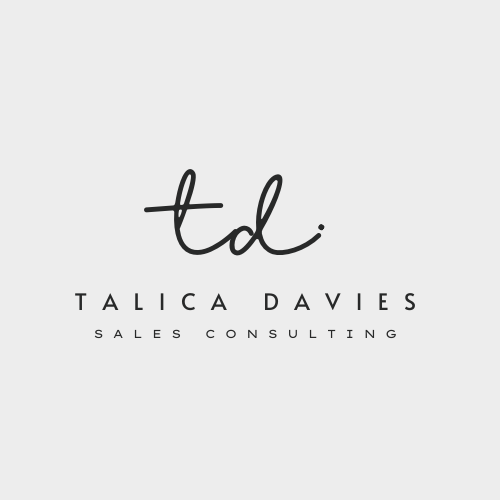How To Master the Multiple Conversation Close
All of my sales happen through conversation. Occasionally clients will close on the first call, but more often than not, at these investment levels, they'll take some time to think about it.
At the beginning of my sales career I'd get dragged through the mud. People would tell me they were interested, but wanted to run it by their partner. Or they'd need to check their financials. Another common line was 'I never buy on the phone. I need to sleep on it'. I'd end up getting caught in email purgatory - answering additional questions or handling objections over email, trying to lock down another conversation. Email purgatory sucks and it doesn't feel very powerful. Now sometimes these responses are legit circumstances, but too often they are cleverly disguised ways in which people will give up on themselves. As a salesperson it's your job to figure out whether the prospect needs some space to make their decision, or if they are trying to give themselves an out, an excuse to not take action.
Here are my tips on how to best handle the multiple conversation close.
1. Before I hop on a sales call I do preliminary research to make an assessmet about the sophistication level of my buyer. I'm not talking about whether they prefer champagne and cavier over beer and nuts, I'm talking about what stage their business is at and whether they've invested in services similar to mine before. The sophistication level of your buyer can tell you a lot about how to proceed with the sales call. Sophisticated buyers are typically problem, solution and offer aware. These buyers know what their problem is, what solutions can help them, and understand that your services provide the solutions they need. Sophisticated buyers generally need less time to close, as the conversation is really about establishing fit and reinforcing the promised land (where your solution will help them go) and the framework or methodology you'll use (how you'll get them there). These are easy sales calls. The finesse comes when you are speaking with less sophisticated buyers. Less sophisticated buyers (PS this is not an insult - we've all been unsophisticated buyers at one point in our life) are problem unaware. Often times they've misdiagnosed their problems so sales calls with these buyers can take longer. Conducting a quick, preliminary assesment of the sophistication level of your buyer will give you a sense of how many conversations it may take to close the sale.
2. Always probe for objections. Sometimes buyers won't be forthcoming with you during a sales call. It's your job to probe. I'll often use a variation of the following line "Okay, so it sounds like we're both clear that this program will help you with XYZ. Let's say you have the support of your partner and the financials check out - is there anything else that would keep you from getting started with us on Monday?"
3. NEVER LEAVE THE SCENE OF A SALES CALL WITHOUT YOUR NEXT CALL LINED UP. I cannot stress this enough. If you don't close on call 1 or 2 - make sure you have your next conversation in the books. The show up rate is significantly higher if the buyer has agreed to it ahead of time at the end of your last conversation. I call this the tie down. Tie downs are important - they keep you out of email purgatory and they keep the conversation moving forward.
Buyers not buying after one conversation is NOT a failure. Sales people not probing for objections or using tie downs is.
